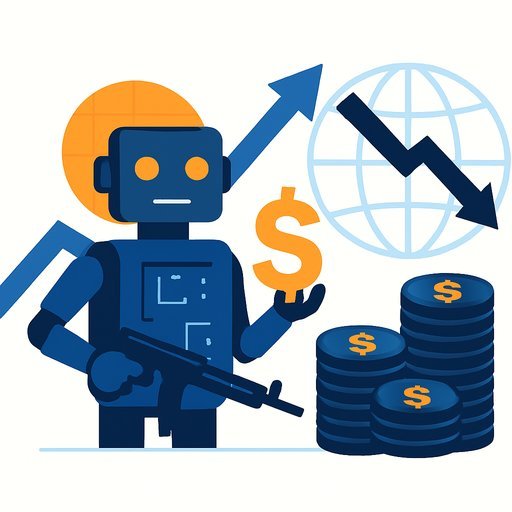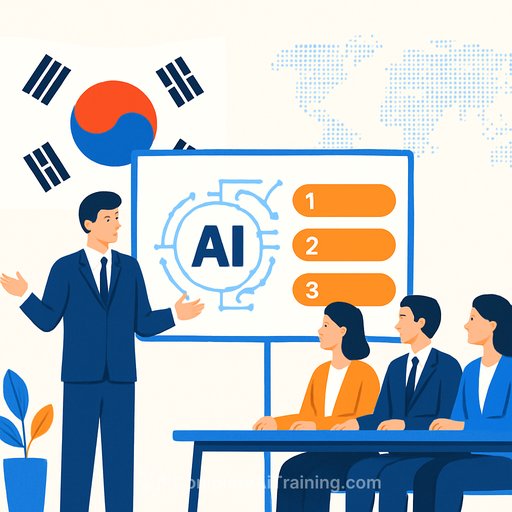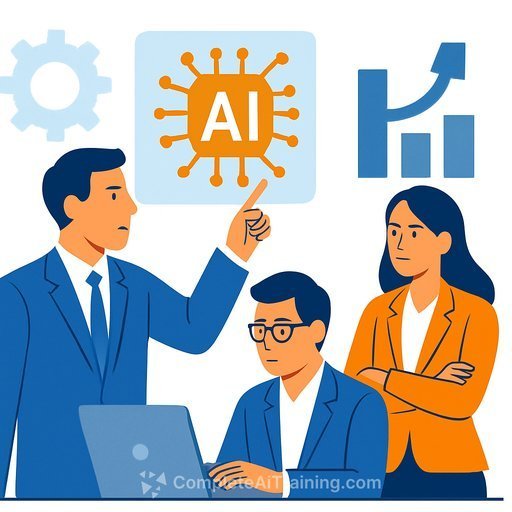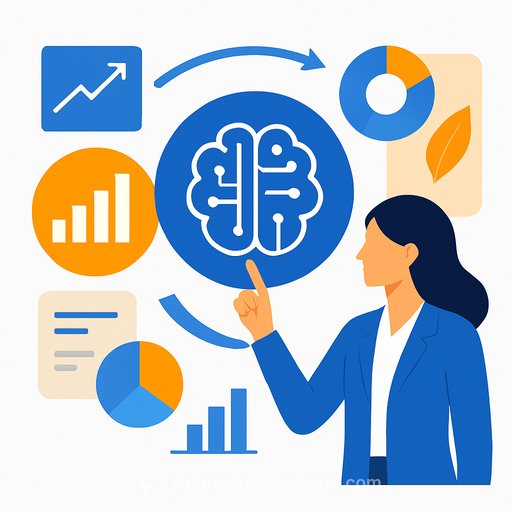Microsoft's Leadership Reshuffle: What It Signals for an AI-First Strategy
Microsoft has consolidated its commercial engine under Judson Althoff as CEO of the commercial business, combining sales, marketing, and operations. This frees Satya Nadella to focus more directly on artificial intelligence and engineering. The message is clear: AI is now the organizing principle for product, go-to-market, and infrastructure decisions.
Why this move matters
Centralizing the commercial org should reduce friction between product releases and field execution. Expect faster packaging of AI features, tighter partner motions, and cleaner accountability from pipeline to consumption. With Nadella leaning into AI and engineering, the company can iterate faster where the competitive bar is rising most.
Signals from the product and infrastructure stack
Recent updates, like integrating Azure Managed Redis with Microsoft's Agent Framework, point to a push for production-grade, agentic applications at enterprise scale. This is less about flashy demos and more about reliable throughput, latency, and cost control for AI workloads running on Azure.
For executives, the implication is straightforward: Microsoft is aligning the stack so AI features move from pilot to standardized deployment with fewer handoffs and fewer blockers.
Implications for the investment narrative
The core thesis remains intact: leadership in cloud plus AI can drive sustained growth, provided infrastructure investments translate into durable consumption. The near-term catalyst is accelerated AI adoption across the stack-Copilot attach, Azure AI usage, and partner-led deployments.
The main risk is CapEx running ahead of demand. If AI spend by customers lags, margin pressure follows. Scrutiny will center on utilization, inference economics, and the payback period of new data center capacity.
Key metrics to watch
- AI contribution to Azure growth (consumption, not just bookings)
- GPU capacity, utilization, and availability by region
- Copilot: paid seats, ARPU uplift, renewal rates
- Intelligent Cloud gross margin trend vs. CapEx intensity
- AI service attach in Microsoft 365 and Dynamics deals
- Developer adoption of the Agent Framework and related SDKs
Scenario checks through 2028
- Base case: approximately 14-15% revenue CAGR with earnings expanding from operational leverage as AI consumption scales and unit costs decline.
- Upside: faster Copilot monetization and higher Azure AI utilization push earnings above current trajectories.
- Downside: demand slips below capacity build, compressing margins and delaying ROI on infrastructure.
Some estimates point to ~$425.0B in revenue and ~$158.4B in earnings by 2028, implying a meaningful step-up from current levels. Fair value ranges cited by market observers span roughly US$335 to US$614, with an indicative target near US$613.89 implying around an 18% upside from recent pricing. Treat these as directional, not guarantees.
What executives should do now
- Re-baseline your AI portfolio: classify use cases by business value, data readiness, and model fit; kill vanity pilots.
- Renegotiate enterprise agreements to lock in AI SKUs and consumption discounts; align procurement with forecasted GPU needs.
- Prioritize agentic workflows where latency and accuracy are measurable-service, finance close, code assist, and sales ops.
- Stand up an AI FinOps function: track token usage, inference mix, caching, and model selection to manage unit economics.
- Tighten governance: human-in-the-loop checkpoints, data access policies, and model risk assessments tied to controls.
- Modernize data pipelines for retrieval and caching; poor context windows are the silent cost driver.
What to watch next
- Product cadence across Copilot, Azure AI, and the Agent Framework
- Capacity announcements and disclosures on utilization and CapEx timing
- Evidence of sales-cycle compression from the commercial org redesign
For official product updates and documentation, start here: Microsoft AI.
Upskilling your org for AI execution
If your team needs a structured path to build AI capability across roles, explore curated programs by job family and vendor ecosystem: AI courses by job and AI courses by leading companies.
Disclaimer: This article is for information only and is not financial advice. Always evaluate your objectives, risk tolerance, and constraints before making investment decisions.
Your membership also unlocks:






